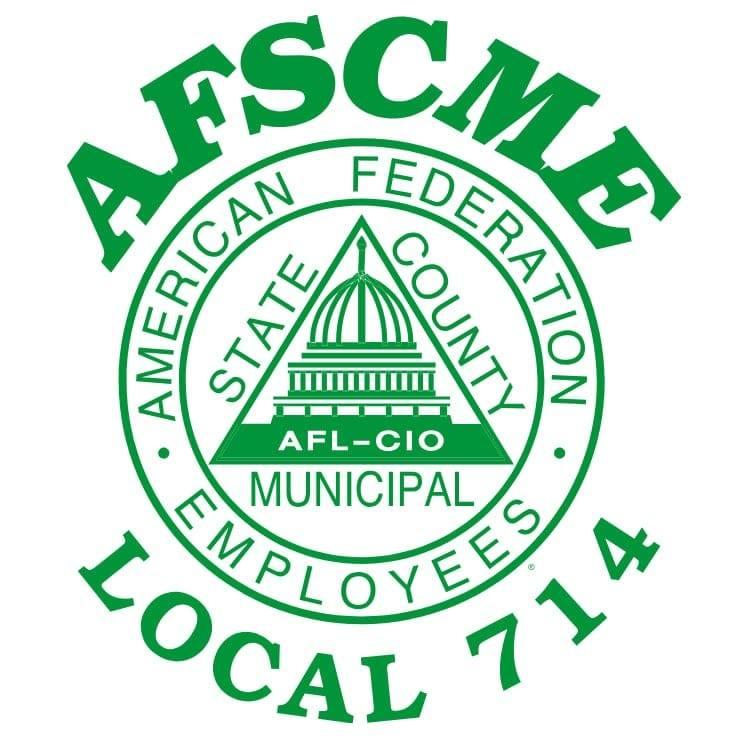Impact of the Federal Debt Limit Deal on State and Local Governments
June 6, 2023
The Fiscal Responsibility Act of 2023, which was signed into law on June 3, 2023, suspended the limit on federal borrowing (also known as the debt limit) through Jan. 1, 2025, in exchange for certain cuts in and limits on federal spending. This fact sheet describes whether and how the changes in federal spending will affect state and local governments and addresses other parts of the debt deal that could affect AFSCME members.
Does the debt limit deal claw back any money that state and local governments had already received from the federal government or any money a state or local government had been specifically promised?
No. While the new law takes back specified funds that had not yet been obligated (that is, legally committed) by the federal government, it does not affect any money already received by or formally promised to a state or local government.
Does the debt limit deal take back any of the flexible $350 billion in state and local government COVID-19 aid from the American Rescue Plan?
No, the agreement doesn’t touch the $350 billion in state and local flexible aid. Governments can continue to use that money for a broad range of purposes, including replacing lost revenue and addressing public service worker retention and recruitment.
According to an analysis by the Economic Policy Institute, states had obligated just 55% and counties and cities had obligated just 45% of this money as of the end of 2022. Governments have until Dec. 31, 2024, to obligate the money and until Dec. 31, 2026, to spend it.
Does the debt limit deal claw back any other pandemic-related federal grants or assistance for state and local governments?
The new law does claw back specified pots of money that had not yet been obligated (that is, legally committed) by the federal government to state and local governments or others. Since none of the clawed-back money had been committed, no state or local government will have less money than it should have been counting on. In the case of certain competitive grant programs (that is, grants for which governments or others must apply and compete with other applicants to be chosen by a federal agency), the money generally is unobligated if an applicant has not received a notice of award from the grantor agency.
-2-
Which pandemic-related federal programs are affected by the claw back of unobligated federal money?
The debt limit deal claws back unobligated federal money from 81 different programs that were enacted in response to the pandemic. Some of those programs include money that still could have been used to support state and local governments and, in some cases, nonprofit or other private organizations, but none of that money had been formally committed to any specific recipient.
For example, the new law takes back from the Department of Labor about $1 billion in unobligated funds that would have been granted to state Unemployment Insurance programs to fight fraud and identity theft. Congress originally appropriated $2 billion for this, and $500 million had already been obligated. Therefore, $500 million will be left to grant to states after the debt deal rescission.
Other significant claw backs of unobligated funds affect certain public health programs that had been responding to the COVID-19 pandemic, disaster loan programs, Department of Agriculture programs and jobs protection programs that largely have ended, among others. Some claw backs are relatively small, with one reportedly amounting to just $40.
Does the debt limit deal take back money for infrastructure projects funded through the Infrastructure Investment and Jobs Act (IIJA)?
No. Although there was concern that unobligated funding for IIJA infrastructure projects could be rescinded, the final deal does not touch any of that funding.
Will the new agreement to cap spending in future federal budgets affect money going to state and local governments?
It’s hard to say whether this deal will provide for less money going to state and local governments in future budget years than what would have happened in a regular deal for the new budget year, especially given control of Congress is split between the two major parties. It is clear, however, that a state or local government today cannot point to the debt deal as reason for lower federal funds than it had reasonably expected.
The debt limit deal sets a dollar spending limit for Fiscal Year (FY) 2024, which begins Oct. 1, 2023, and increases that for domestic discretionary spending by just 1% for FY 2025. It includes some exceptions, however, that allow for higher spending in targeted areas, such as for disaster relief that would flow into a state after a hurricane or other natural disaster.
How does the debt limit deal affect student loans?
The deal generally puts into law the Biden administration’s announced policy for restarting student loan repayments and the accrual of interest on student loans. Under the new law, repayments and interest accruals will restart on Aug. 29, 2023. They had been suspended in early 2020 in response to the pandemic, and last November, the U.S. Department of Education announced that the restart would begin no later than Aug. 29.
-3-
How might the expanded work requirements for SNAP and TANF affect AFSCME members?
The debt limit deal includes expanded work requirements for certain recipients of Supplemental Nutrition Assistance (SNAP) and Temporary Assistance to Needy Families (TANF). For example, stringent work requirements that had applied only to able-bodied adults without dependent children ages 18-49 will also be applied to those ages 50-55 (with some important exceptions). Some AFSCME members or members of their families could be recipients of these programs and therefore may newly have to comply with these work requirements.
Some AFSCME members are responsible for administering SNAP and TANF programs run by states or counties, including determining individuals’ compliance with work requirements. Those AFSCME members may face higher workloads because of this law.
